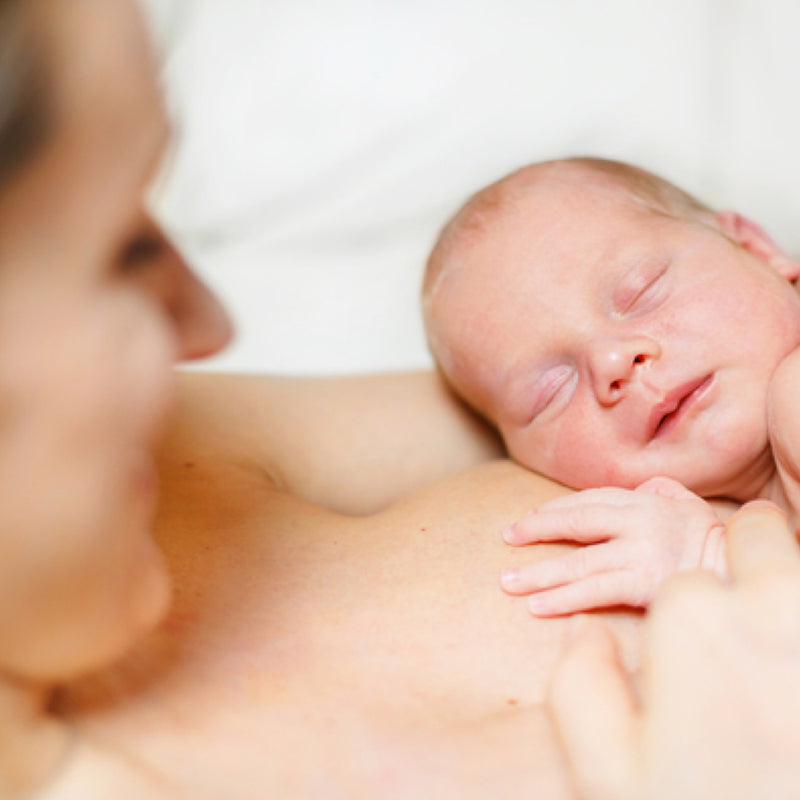Key Points:
- No universal recommendation to stop driving during pregnancy in Australia; it's not illegal, but certain medical conditions may warrant caution.
- Seat belt use is crucial; there are no exceptions for pregnant women. It's vital for the safety of both the mother and the unborn baby.
- Driving challenges during pregnancy include motion sickness in the first trimester, comfort considerations for longer trips in the second trimester, and difficulty getting in and out of the car in the third trimester.
- Proper seat belt positioning is essential for safety, ensuring the lap section is low and underneath the belly while the sash part is over one shoulder and diagonally between the breasts.
When Should I Stop Driving?
The one universal thought to most pregnant women is how they can keep their baby safe. And coming a close second is how to keep themselves secure in order to protect their baby.
Driving during pregnancy can present a unique set of risks - it pays to be as informed as possible about the facts.
Currently in Australia, there is no recommendation for pregnant women to stop driving. And it’s not illegal in any Australian State or Territory to drive during pregnancy. The same road rules apply to all drivers, pregnant or otherwise. But pregnancy itself is not a reason to stop driving.
There may however, be some medical or obstetric reasons where driving during pregnancy is not recommended. Unstable epilepsy, diabetes or heart issues can all impact on driver safety, pregnant or not. A medical certificate may be required to ensure there is no risk to the driver or other road users.
Similarly, the same rules apply for pregnant women as all other drivers (and passengers) to wear a seat belt. Not wearing a seat belt increases the risk of injury and death in the case of an accident. It also incurs a fine and demerit of license points.

But I’m too Big to Fit!
Many women will get to the point where they find it difficult to fit behind the steering wheel and happily pass over the driving responsibility to someone else. At the risk of stating the obvious, it pays to make sure the designated driver is someone safe and responsible.
Do I Have to Wear a Seat belt if I’m Pregnant?
There are no exceptions to wearing a seat belt for any driver, pregnant or otherwise. For many years, there has been an urban myth of pregnancy being a justifiable reason for not wearing a seat belt. The truth is that seat belts still need to be worn.
Seat belts save lives. Years of research and evidence support this fact which applies to all drivers, including pregnant women and their unborn babies.
It can be reassuring to know, that the amniotic fluid also provides some level of protection to an unborn baby in the event of a crash.
As well as seat belts, airbags and if present, side-wall airbags also offer another layer of driver protection. Wearing a seat belt helps to maximise the protective design of airbags and helps them to work as they should do. NB – check here for information about Takata airbag recalls.
In rare cases, pregnant women are exempted from wearing a seat belt when in a car. This requires an exemption form. Check with your own individual State or Territory to see what’s required.
Challenges of Driving During Pregnancy
In The First Trimester
Women who’ve never experienced motion sickness before may find they have a new friend when they’re in a car. Keep a bucket handy if you need to vomit. Avoid being over hungry and try to time your outings for when you’re feeling OK. Some crackers, sips of water and even lollies can all help to stave off pregnancy nausea.
Wearing a seat belt low and tight over a full bladder can be distracting. Get used to going to the toilet and emptying your bladder just before you leave.
In the Second Trimester
Plan your longer road trips for the special mid-term pregnancy weeks. You won’t be so large you’ll be uncomfortable and are unlikely to be looking for a toilet stop every 30 minutes. You could find you’re more aware of your baby’s movements with the pressure of the seatbelt against your tummy. Don’t worry you’re not restricting their space in anyway. Seatbelt's are designed to have some leeway before they stop any further forward movement.
In the Third Trimester
Getting in and out of a car can be difficult during the last few months. Taller cars aren’t such a challenge, but cars which are lower to the ground make things harder. Reaching the controls and fitting behind the steering wheel are often a problem for women driving in their third trimester. Often pregnant women find that adjusting the steering wheel so it’s tilted upwards is a comfortable option. Do some experimenting to find what’s right for you and your bump.
Adjust the seat height and seat recline options, and as your pregnancy advances, be prepared to adjust some more. Those little buttons and slides on the underside and side of driver and passenger seats have functions for driver comfort. Check your car’s manual if you’re unsure.
You may find yourself happy to pass over the driving responsibility to your nearest and dearest. Some women become a bit distracted during their last months of pregnancy. Daydreaming and “mummy brain” is an actual phenomenon – put it down to those lovely hormones floating around. If you’re not as mentally alert as you need to be to drive, make the safest decision you can.

How Seat Belts Work
Seat belt's minimise injury by restraint. They transfer the force of a crash away from parts of the body which are more vulnerable like the stomach and thighs. Instead, the force is directed to areas with more resistance such as the pelvis and sternum (breastbone).
Seat belt's can only work effectively if they’re used correctly. It’s vital they are in good condition and not damaged or frayed. Most modern cars have seat belts which work by limiting the body’s forward movement in the event of a crash. An inertia reel halts the seatbelt from lengthening any further. The seat belt holds the person securely against their seat and stops further forward progression.
Seat belt's also:
- Reduce the risk of being thrown out of a car.
- Colliding with the steering wheel or dashboard.
- They hold the person in a position where they can gain the most benefit of safety devices such as airbags.
- Seat belt's reduce the risk of being thrown around in a car. This limits the risk of injury to everyone inside the car.
- Seat belt's reduce the risk of hitting other objects inside the car such as the rear windscreen, dashboard and light fixtures.
How to Wear a Seat belt During Pregnancy
Make sure you are wearing a lap-sash, three point seatbelt. Position the lap section of the seat belt low and underneath your belly so it’s sitting on your upper thighs. Avoid wearing it high on your tummy – if the lap portion of the belt is across your belly button, it’s too high.

Place the sash part over one shoulder and diagonally between your breasts. Correct positioning of the seatbelt mean that in the event of a crash, the force is spread and not contained in one area of the body. A seat belt which is correctly fitted puts the least amount of force on the tummy and onto the baby.
Five Top Tips for Seat belt use During Pregnancy
- Always wear a seat belt. Always…
- Take the time to adjust your seat position so you’re comfortable.
- Speak with your maternity care provider about what is right for you and your baby.
- Wear the seat belt as it’s intended. Don’t tuck it the sash portion of the seatbelt under your arm or hold it away from your body. Seat belt's can only work if they’re used in the way they’re designed.
- Position the lap portion of the belt low and firm. Fasten it across your pelvis (hips) and upper thighs.
Written by Jane Barry, Midwife and Child Health Nurse.
About the Author: Jane Barry - Your Health Content Expert
Jane Barry is a registered nurse, midwife, and child health nurse with a passion for combining clinical expertise and writing. She has nearly 30 years of specialist experience in child health nursing and holds a Bachelor's Degree in Applied Science (Nursing). Jane specialises in women’s health, parenting, pregnancy, babies and maternity care, child health, nutrition, feeding, teething, and dental health issues.
An active member of AHPRA, The Australasian Medical Writer’s Association, Health Writer Hub, and the Australian College of Children and Young People’s Nurses, Jane Barry delivers health content with professionalism and clarity.
You may also like:
Guide to a Healthy Pregnancy CourseCommon Tests in Pregnancy
Pregnancy Stages: Changes to Your Body
Our Products
-
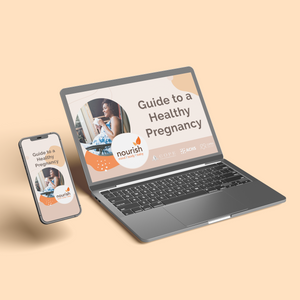
01. Guide to a Healthy Pregnancy
$55 -
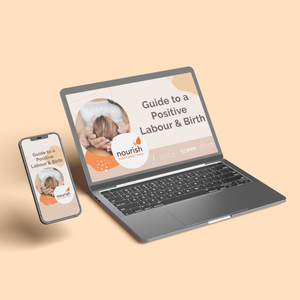
02. Positive Birthing Course
$55 -
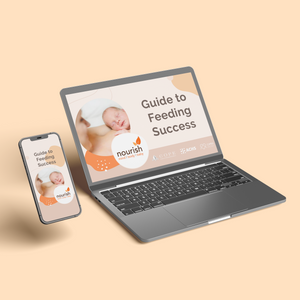
03. Infant Feeding Guide
$55 -
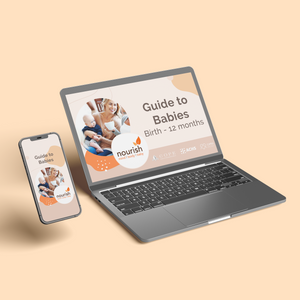
04. Baby Sleep Guide - First 12 Months
$55 -
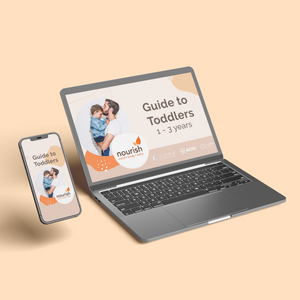
05. Toddler Parenting Course 1 - 3 Years
$55
-
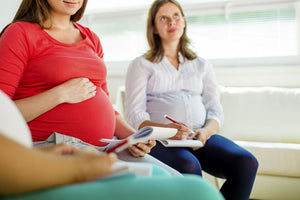 When to Start Antenatal Classes?
When to Start Antenatal Classes?
Becoming a parent is an incredible milestone, but it comes with a host of changes that can be daunting, especially for first time parents. Antenatal classes are all about offering expectant parents the education they need to make informed decisions, look after their bodies and care for their newborn babies. While you probably already have a long list of things you need to accomplish during your pregnancy, it’s a good idea to make time to attend antenatal classes.
-
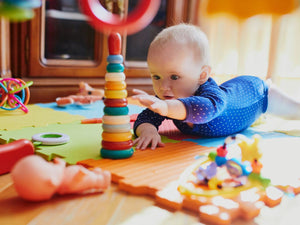 Development Milestones 4-8 Months
Development Milestones 4-8 Months
As they reach the middle of their first year, you'll start to see bigger leaps in their growth and ability!
In this article, we’re going to discuss your baby’s developmental milestones between 4-8 months, and what you can expect along the way.






 When to Start Antenatal Classes?
When to Start Antenatal Classes?
 Development Milestones 4-8 Months
Development Milestones 4-8 Months



